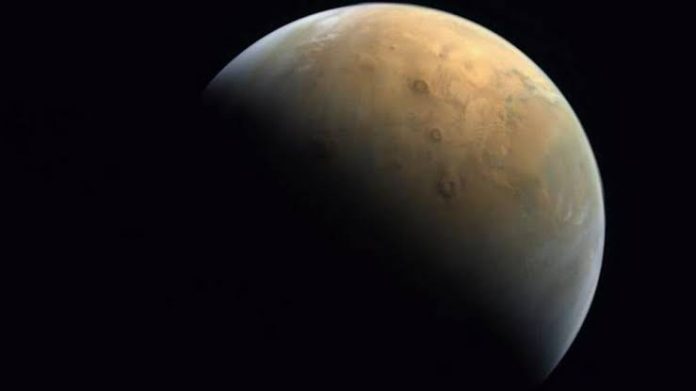Living on Mars, even in a simulated environment, is an opportunity that captures the imagination and spirit of adventure. NASA’s Chapea missions offer a glimpse into the challenges and possibilities of human exploration beyond Earth. With meticulous planning and scientific rigor, these missions pave the way for future journeys to the Red Planet.
At the heart of these missions lies the quest to understand how humans adapt and thrive in extreme environments. By replicating conditions expected in space, such as communication delays, equipment failures, and resource limitations, NASA aims to gather invaluable data on crew health and performance. This data is crucial for preparing for the realities of interplanetary travel and eventual human settlement on Mars.
The selection criteria for Chapea volunteers underscore the importance of expertise in STEM fields. Crew members are required to have a master’s degree and professional experience in disciplines ranging from engineering to biology. This ensures that the crew possesses the necessary skills and knowledge to tackle the complex challenges of life on Mars, from maintaining critical systems to conducting scientific research.
Inside the Mars Dune Alpha habitat, crew members immerse themselves in a routine that mirrors the activities they would undertake on a real Mars mission. From simulated spacewalks to operating robotic vehicles, every task is designed to simulate the demands of exploration and colonization. The habitat itself is a marvel of engineering, equipped with living quarters, workstations, a medical station, and even food growing stations. It’s a self-contained ecosystem where crew members must rely on their ingenuity and teamwork to overcome obstacles and thrive.
Despite the excitement of living on faux Mars, there are also challenges to contend with. Communication with loved ones back on Earth is limited to emails, highlighting the isolation and distance inherent in space travel. Yet, the crew’s resilience and camaraderie shine through as they navigate these challenges together.
Looking ahead, the insights gained from Chapea missions will inform future endeavors in space exploration. From developing advanced technology to understanding the psychological effects of long-duration missions, every aspect of the experience contributes to humanity’s collective journey towards the stars.
NASA’s Chapea missions offer a glimpse into the future of space exploration. By simulating life on Mars, these missions push the boundaries of human capability and pave the way for a new era of discovery beyond Earth’s confines.


